Dinner at 3 Michelin star Chihana is in intimate affair. Run by Katsuyoshi Nagata, Chef / Restaurateur, there are 8 counter seats, a traditional tatami room and a private room with a western table setting. We take our seats at the counter and admire the antique ceramics that line the walls.
The cuisine at Chihana is traditional kaiseki yet surprisingly modern. It both challenges and calms the palate. Out of a possible 5 price points we choose option C @ ¥28,000 pp.
Course 1
First up is an impossible combination of fresh strawberries in a sauterne agar jelly with rapeseed blossom and seared scallop. The strawberries are sweet yet enhance the meatiness of the scallops. The slight acidity washes away the dust of the street and makes way for an amazing meal. The philosophy behind the dish is explained to us as – “Something from the sea, something from the land … vibrant colours of red and green.”
Course 2
Next up is karasumi (dried salted mullet roe) with steamed baby daikon and kazunoko (dried herring roe). The karasumi is rich with texture of aged cheese, it is not hard to see why this is such a delicacy in Japan. The kazunoko is crunchy and a perfect juxtaposition to the mullet roe while the daikon keeps the palate focussed.
Course 3
There are few foods that I really don’t like to eat and on top of the list would have to be yamaimo. Yamaimo is the sticky slimy grated yam that 100% of white people hate.
The next dish is Kare (flatfish) with the dreaded yam! The flatfish is semi dried and is served with roe attached and what a surprise – the yamaimo is grated in a such a way it not only enhances the texture of the fish but it’s not so slimy or sticky, in fact it is really good. It seems the secret is grating the yam on an old sharkskin grater and not oroshigane.
Course 4
There is something comforting about deep fried food and Nagata-san must know that after a line ball call such as yamaimo, many will need a familiar friend. In this case it’s tempura but not quite as we know it. Soft white flesh fish and pinenuts are wrapped in a crisp batter and served with a light ponzu, grated daikon and superfine baby negi. Crisp and oh so delicious.
Course 5
Back to tradition with ankoo kimo (angler fish liver). The liver is crisp on the outside yet juicy and still pink inside, simply served on baby spinach with an ankake sauce (thickened dashi, slightly sweetened) with a hint of yuzu. This is fish liver at it’s best, the bittersweet combination melts in the mouth.
Course 6
More tradition. A superb suimono (clear soup) made simply from kombu (seaweed) and katsuo (bonito) served in a striking black and gold lacquerware bowl. Shitake mushroom, tofu and baby greens are “trapped” in a net of paper thin turnip. “It’s still cold in February, the turnip represents ice in the lake”, Chef explains. We sit in awe like Moses in front of the burning bush.
On booking there is no explanation of how many courses and in the restaurant there is no printed menu. It’s strange but we have no sense of anxiety of how long, how many or how much food there will be because we know that in the end it has all been carefully planned to be as it should be. In fact the Chef watches closely to gauge how much food to serve individual guests as the meal progresses.
Course 7
Earlier the assistant chef and I had a conversation about some wasabi he had been furiously grating. He explained the grater was made from sharkskin (like mine at home) but was 30 years old. This might explain why the wasabi he produced was more like cream than paste. This was served with sashimi of hirame (flounder) and toro (a tasty cut of tuna from the lower belly) served with some tasty slithers of seasoned kombu, light ponzu and excellent shoyu.
Course 8
Now down to a group of 5 dishes that could be a meal by themselves.
1) tofu cream – basically a dish with the texture of thick cream but with no cream made entirely from soybean.
2) a modern version of gomaae – spinach with sesame dressing
3) flounder liver that was simply simmered
4) tiny dried and seasoned whitebait
5) sashimi of ika (squid) with codfish roe. An excellent combo that makes a perfect partner with the Ishikawa sourced sake recommended.
I have to add these guys really know their booze. Each sake recommend has been excellent.
Course 9
I have heard of Nodogurai (black throat perch) but after a Google I find that it is hard to get and highly sought after by Japanese chefs. This morsel of Nodogurai is grilled until the skin is crisp and the flesh is juicy. We squeeze a wedge of daidai (Seville orange) over the fish before eating.
Course 10
Lucky for us the night is not yet over. We are presented with a bowl of simmered vegetables includings Kyoto daikon, red carrot, shiitake and other mushrooms in season.
Course 11
It is no secret that I love sunomono (dishes dressed in vinegar). A large sake cup is filled with shredded vegetables including aka daikon (red daikon). The dressing is a blend of oroshi (grated daikon) and a fine dice of kinome seasoned with vinegar.
Course 12
Gohan (rice) is a very important part of Japanese culture. It is normally served last at the end of a formal meal and it is bad manners to leave even a grain in the bowl.
Chef checks with us how much rice we wish to eat so we all get the correct amount. To my surprise it is glutinous rice – mochigome – that is served. Not a usual choice but it is makes a great match to the finely diced pickles and shiso (perilla leaf) also served.
Every meal needs a sweet finish and with most diners having their fill a small glass of fresh seasonal juice is a thoughtful end.
Walking the long alleyway out to the main street I can hear footsteps, as a worldly traveller I put my hand on my wallet and turn to confront my adversary but only find the friendly face of Chef/Restaurateur Nagata san and our host. They walk us to the street and we exchange bows. I can’t imagine this level of service from any Michelin rated chef in Europe.
I now have another reason to visit Kyoto again.
……
Reservations are respectfully requested in Japanese only. Ask your hotel concierge to book in advance. We can highly recommend Hotel Granvia in Kyoto, slightly expensive but excellent service. They speak a little English in the restaurant and are happy to answer questions. Please remember this is Japan and be respectful and quiet as the restaurant only seats 10-12 guests at one time.
Chihana, Gion district, Kyoto
584 Minamigawa, Gionmachi, Higashiyama-ku, Kyoto
Tel: 075-561-2741
……

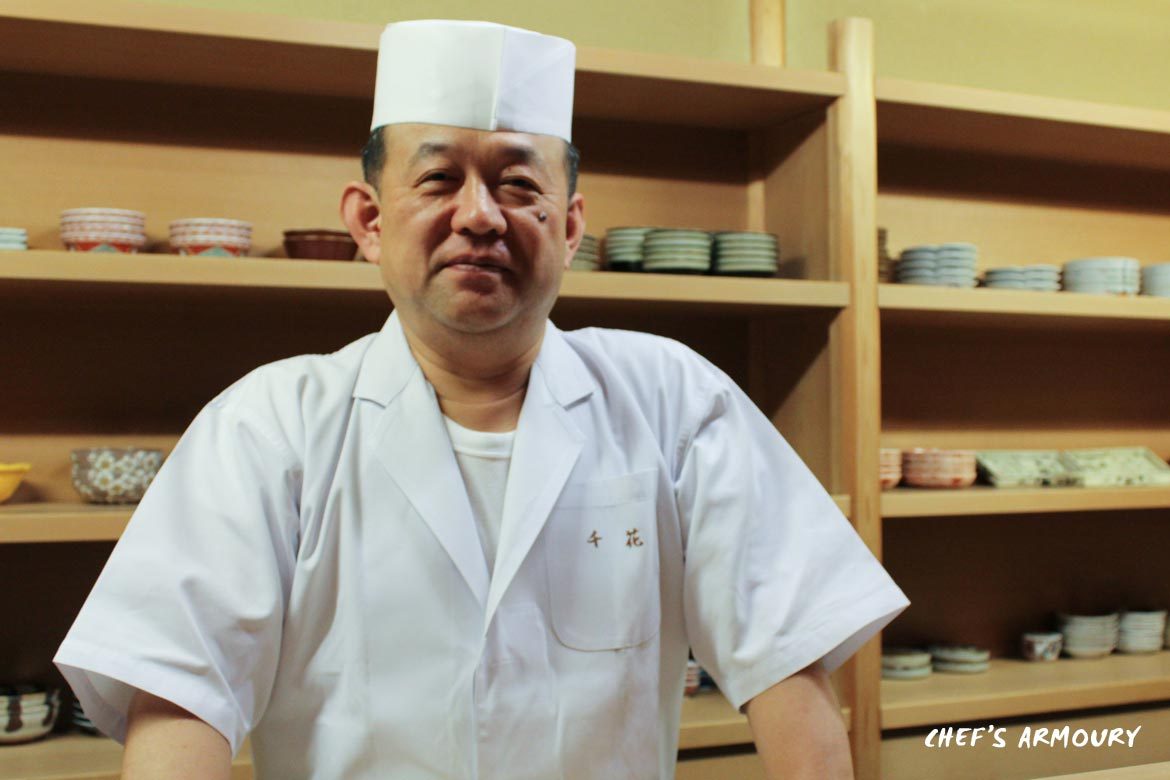
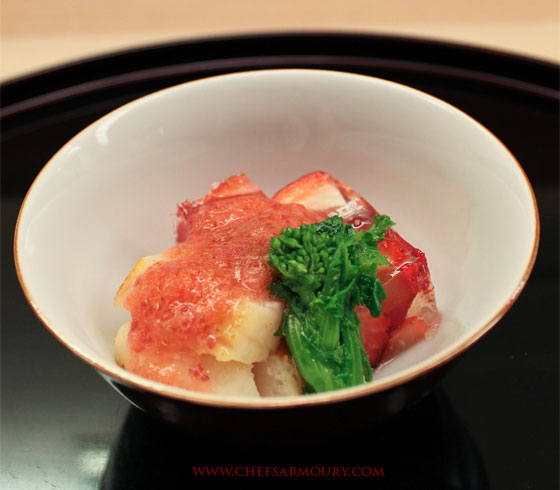
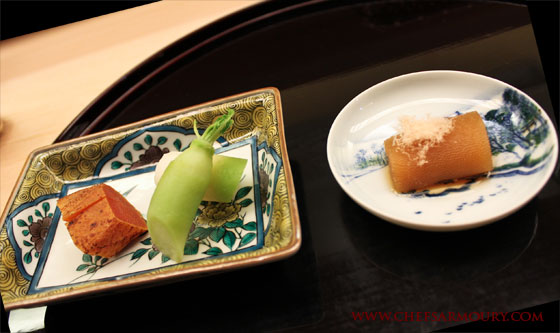
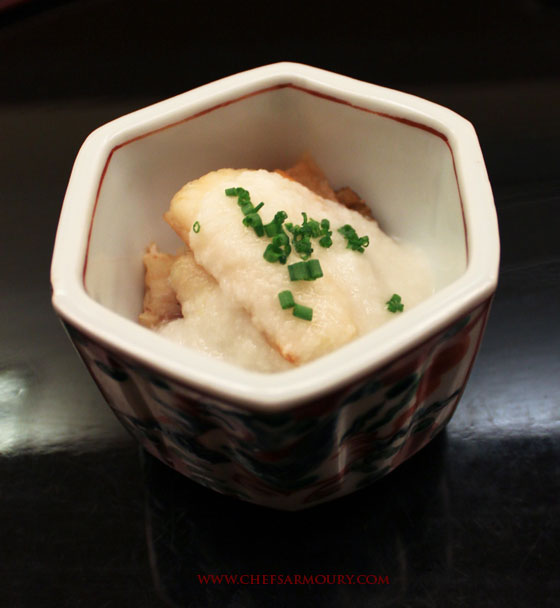
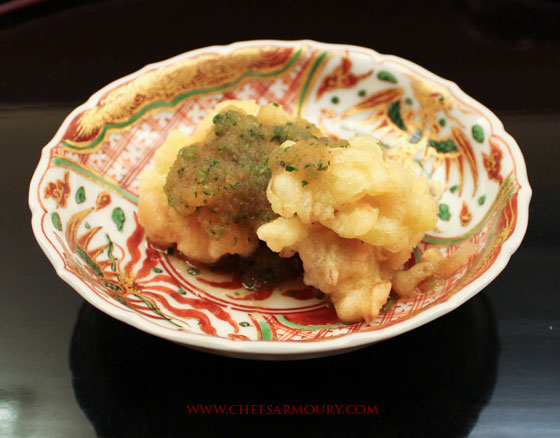
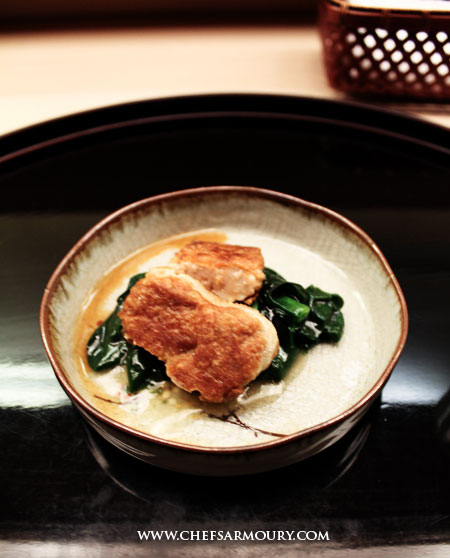
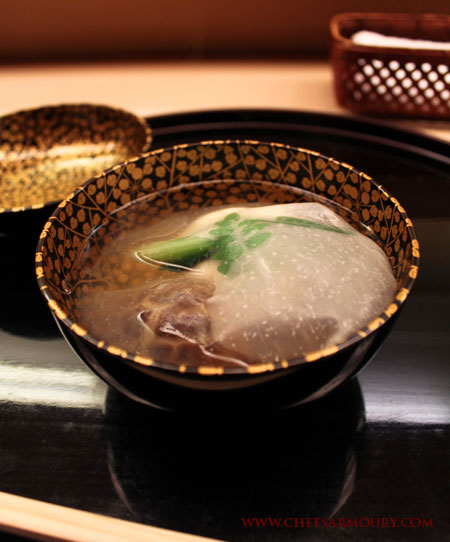
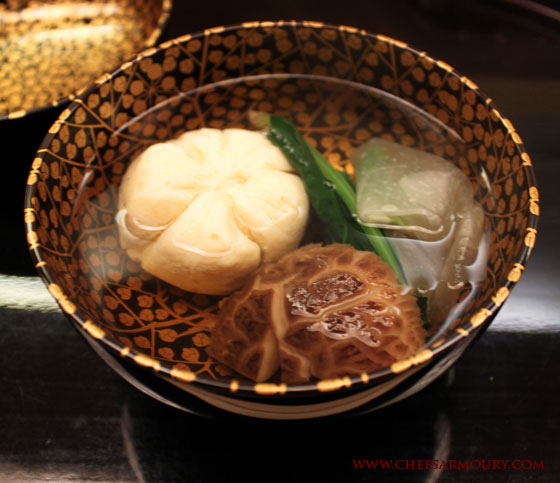
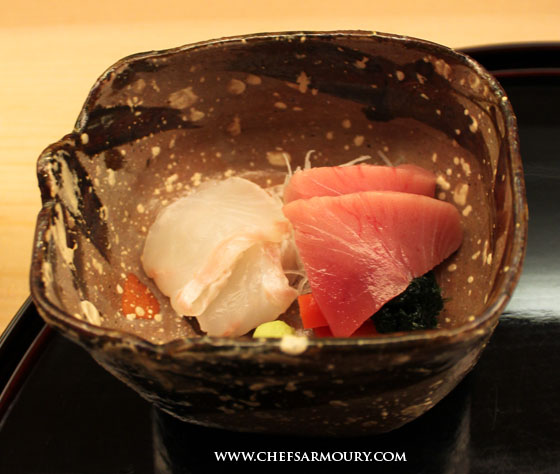
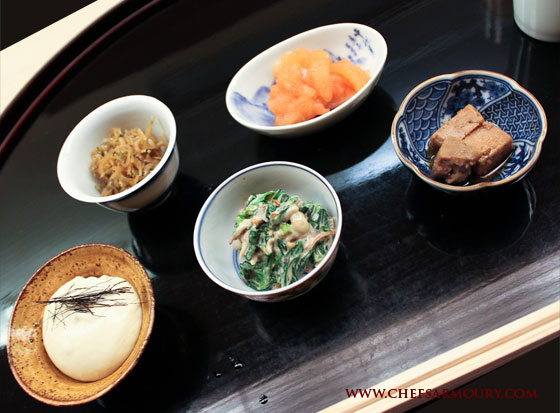
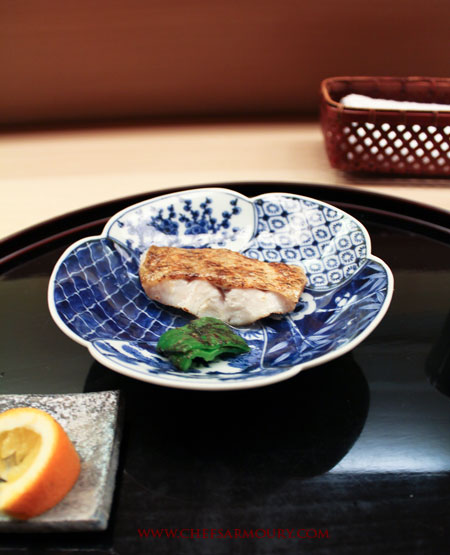
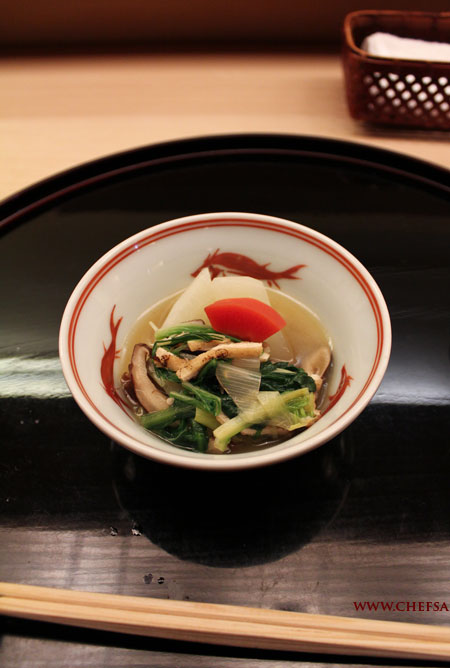
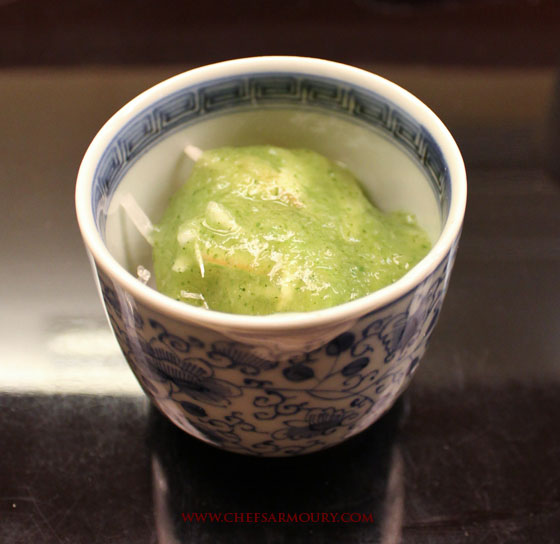
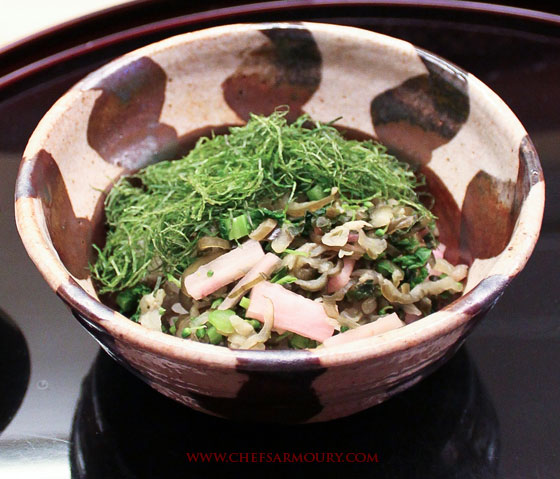
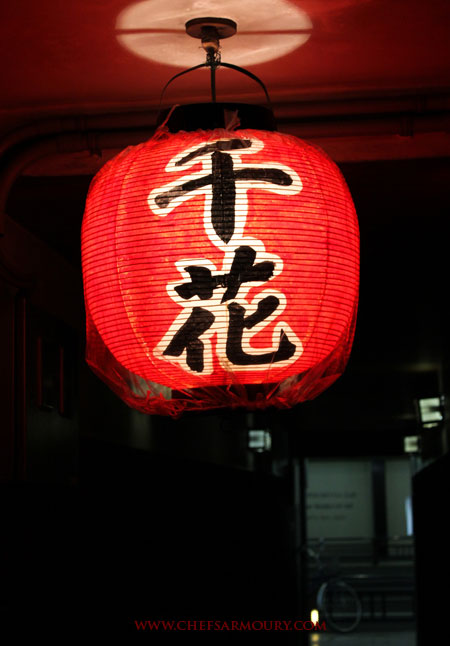
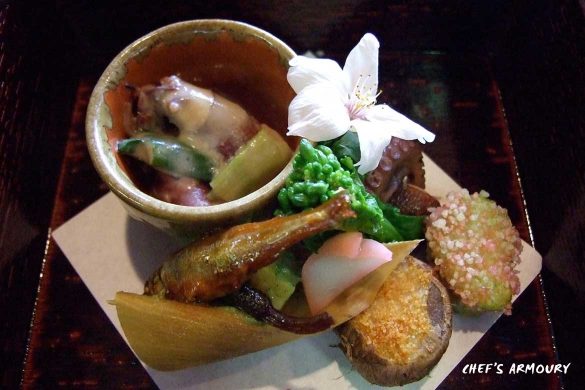
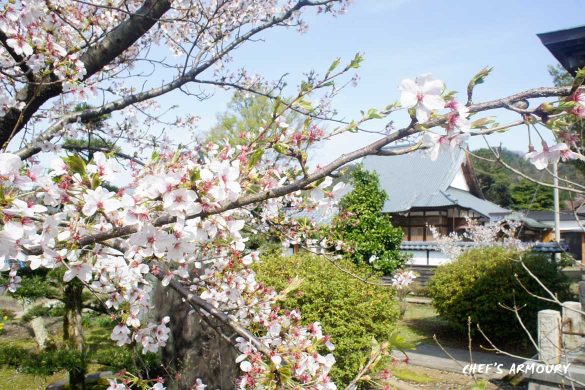
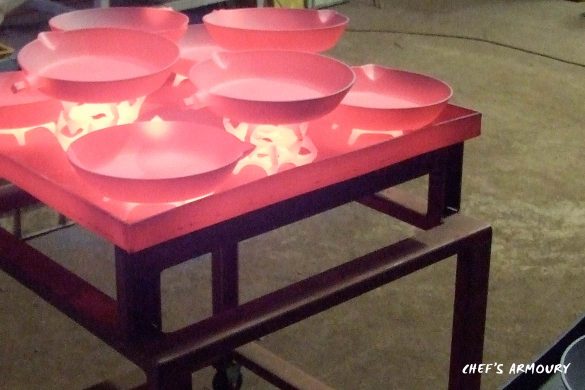
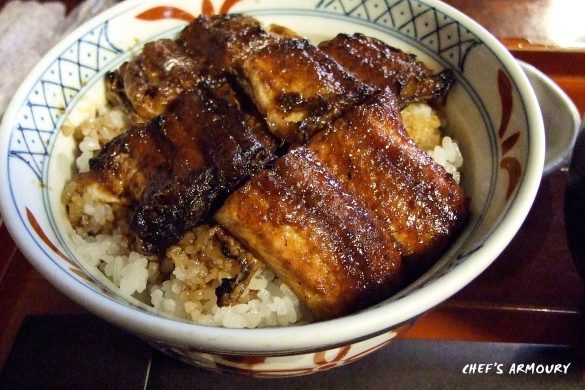
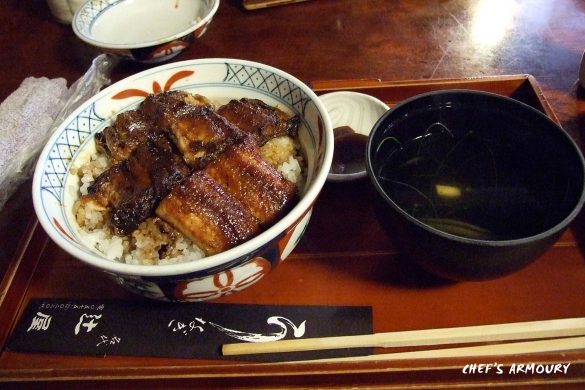
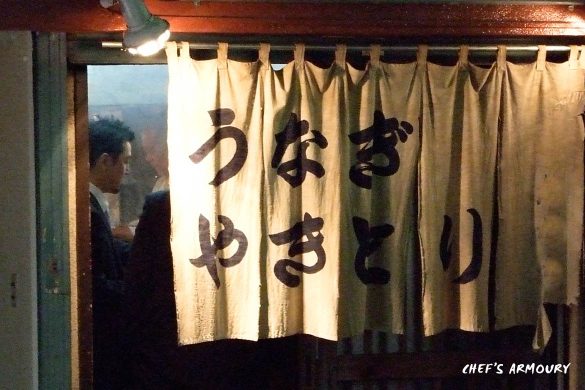
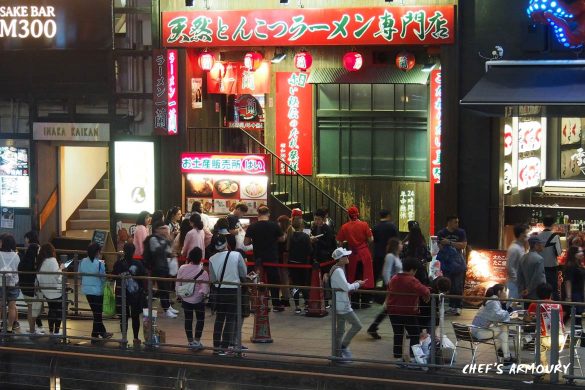
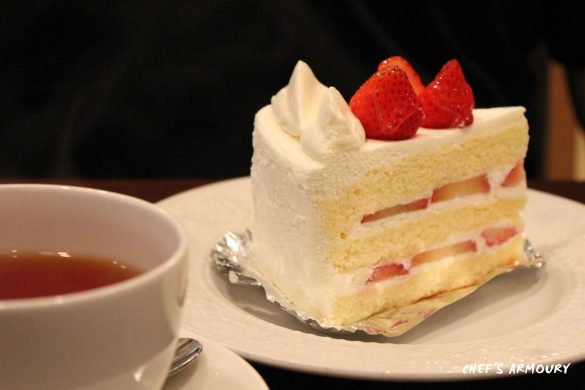
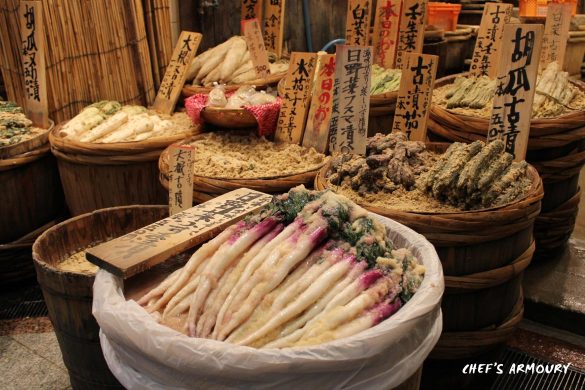
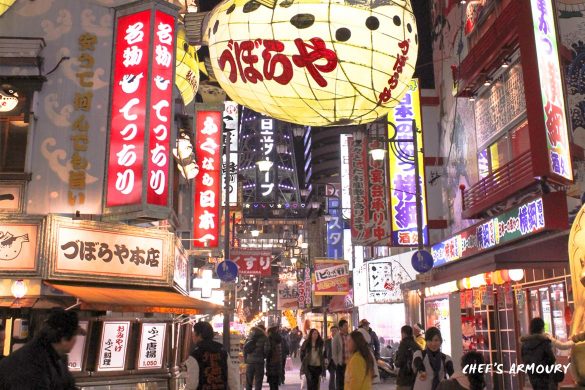
1 Comment
I like that even you guys need to refer back to Google after visiting a Kaiseki place! I have struggled to identify varieties of fish too – more often than not, actually. I have recently put up quite a few photos of the latest visit to Osaka and Kyoto, a bit of eating there:) Check them out, I am interested if you would be just impressed as I was with the food we had!!